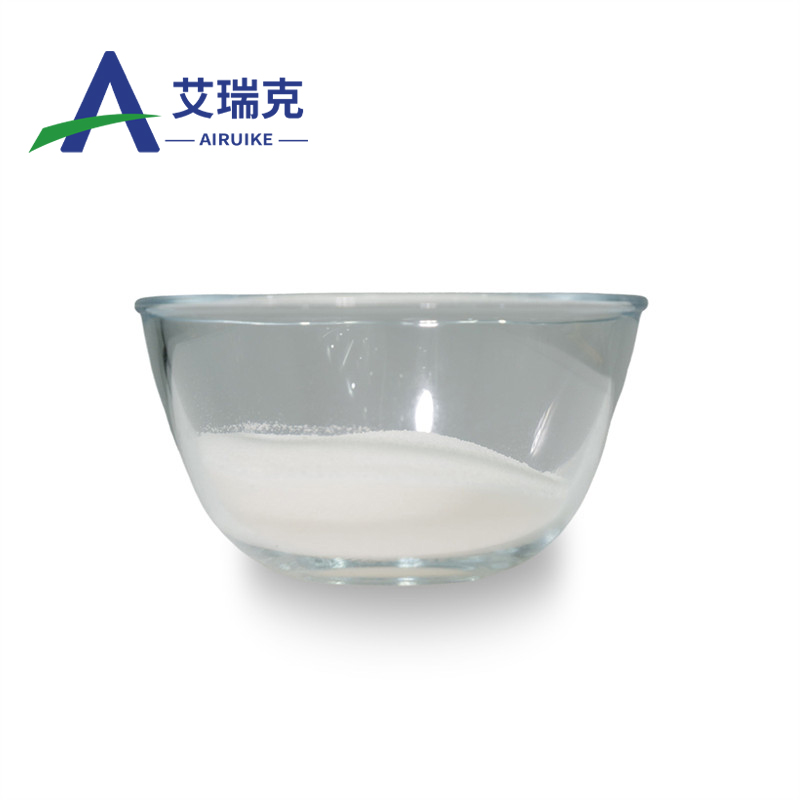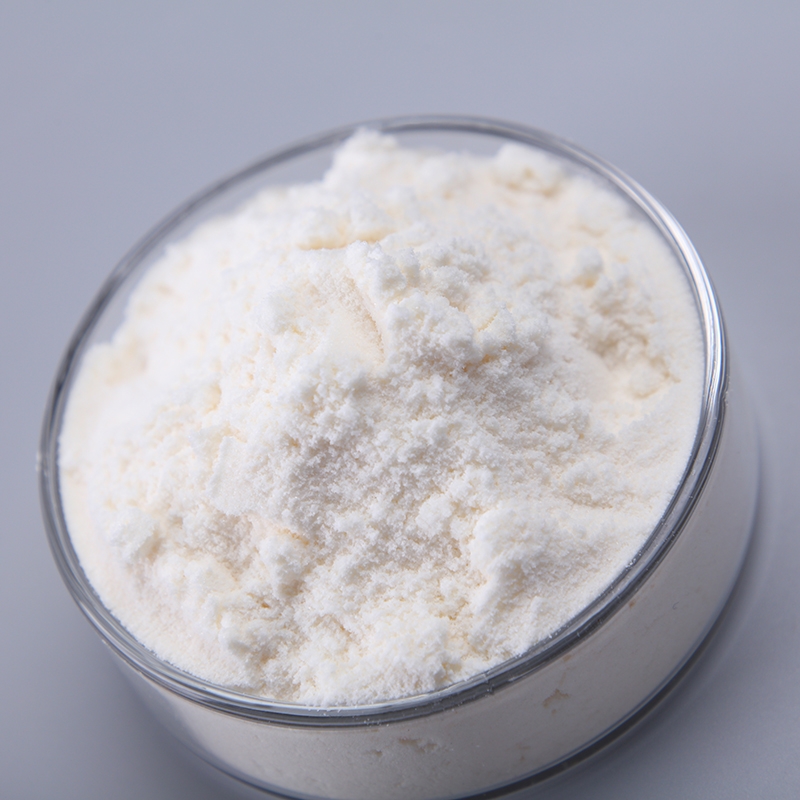-
Categories
-
Pharmaceutical Intermediates
-
Active Pharmaceutical Ingredients
-
Food Additives
- Industrial Coatings
- Agrochemicals
- Dyes and Pigments
- Surfactant
- Flavors and Fragrances
- Chemical Reagents
- Catalyst and Auxiliary
- Natural Products
- Inorganic Chemistry
-
Organic Chemistry
-
Biochemical Engineering
- Analytical Chemistry
-
Cosmetic Ingredient
- Water Treatment Chemical
-
Pharmaceutical Intermediates
Promotion
ECHEMI Mall
Wholesale
Weekly Price
Exhibition
News
-
Trade Service
Click on the blue word to follow us
There are two significant clinical signs in the pathogenesis of Alzheimer's disease (AD): the first is a significant increase in extracellular β-amyloid (Aβ), forming a large number of age spots.
The other is the entanglement of neuronal fibers
.
Under the action of Aβ deposition and neuronal fiber winding, immune cells of the nervous system are overactivated, mediating excessive neuroinflammation, inducing neuronal death, leading to cognitive dysfunction
in AD patients.
Medin is a 50-amino acid polypeptide produced by hydrolytic cleavage of EGF-like factor 8 (MFG-E8) in milk fat globules, which is the most common amyloid protein in humans, and the aggregates
of Medin are often found in the vascular system of middle-aged and elderly people.
In autopsy samples from AD patients, a large number of Medin aggregates were found in the cerebral vascular arteries of AD patients
.
However, it remains unclear
how medin aggregates in the cerebrovascular vessels of AD patients, and whether Medin aggregates mediate the pathological process of AD.
On November 16, 2022, the research team of Jonas J.
Neher from the University of Tübingen in Germany published a research paper entitled "Medin co-aggregates with vascular amyloid-β in Alzheimer's disease" in the top international journal Nature At present, medin and Aβ are colocalized in the blood vessels of the brain of AD patients, knocking out medin can inhibit Aβ deposition, and increased medin expression in AD patients can mediate cognitive decline
.
1
medin promotes the deposition of cerebrovascular Aβ
The C2 domain of MFG-E8 was cleaved to form medin, and the knockout mice of medin were obtained by knocking out the C2 domain of MFG-E8, and the knockout mice of medin were crossed with mice of two AD model genes (APPPS1 and APP23) to study the role ofmedin in AD.
It was found that there was obvious colocalization between MFG-E8 and β amyloid vascular lesions (CAAs) in the brain, while the knockout of medin significantly reduced the lesional plaques
of CAA in cerebral blood vessels.
Further investigation of the localization relationship between MFG-E8 and Aβ, it was found that there was obvious colocalization of MFG-E8 and Aβ in the cerebral vessels of AD model mice, while the colocalization of MFG-E8 and Aβ was significantly reduced in AD model mice with medin knocked out, and medin and CAA were also significantly reduced, indicating that medin promoted the deposition
of cerebral blood vessel Aβ.
Figure 1: medin promotes the deposition of cerebral vascular Aβ
2
medin mediates cognitive impairment in AD patients by inducing CAA
To study the role of medin in the pathological process in AD patients, the researchers collected cortical samples from 16 AD deceased patients and found that medin had obvious colocalizationwith Aβ.
In order to study the relationship between medin and CAA in more detail, the researchers divided the cerebral blood vessels from the occipital cortex of AD patients and found that the expression level of MFG-E8 in cerebral blood vessels was 30-40 times higher than that of whole brain homogenate samples, and the more severe the cognitive impairment of AD, the higher the expression level of medin in the cerebral blood vessels, the more obvious
the increase in CAA.
Figure 2: medin is highly expressed in the cerebrovascular of AD patients and is associated with CAA
3
Medin and Aβ interact directly to mediate Aβ aggregation
So how does medin in cerebral blood vessels mediate Aβ aggregation? The researchers studied the subcellular localization of medin around the Aβ plaque in the brain by immunoelectron microscopy, and found that a large number of medin was distributed around Aβ in AD model mice, while AD model mice with medin knocked out had a significant reductionin Aβ.
Furthermore, the co-aggregation of medin and Aβ was found using thioflavin T affinity assay, and then the interaction between medin and Aβ was studied using structural modeling, and high structural compatibility of medin and Aβ was found, indicating that medin and Aβ were bound
by direct interaction.
In order to investigate whether medin aggregates can mediate the denaturation of Aβ in vivo, the researchers collected medin aggregates in the cerebral vessels of AD model mice and AD patients, and injected them into the hippocampal brain region by stereotactic injection, and found that medin aggregates induced a large number of β amyloid lesions in the hippocampal brain region
.
Figure 3: Medin aggregates accelerate β amyloids in the hippocampus
summary
Cerebrovascular dysfunction mediates the pathological process of AD, and it was found here that medin in cerebral vessels forms medin-Aβ aggregates through direct interaction with Aβ, mediates β amyloid vascular lesions, leads to cerebrovascular dysfunction, and reduces the cognitive ability of AD patients, suggesting that medin has the potential to become a therapeutic target for cognitive impairment caused by cerebrovascular Aβ deposition
.
【References】
1.
https://doi.
org/10.
1038/s41586-022-05440-3
The images in the article are from references







